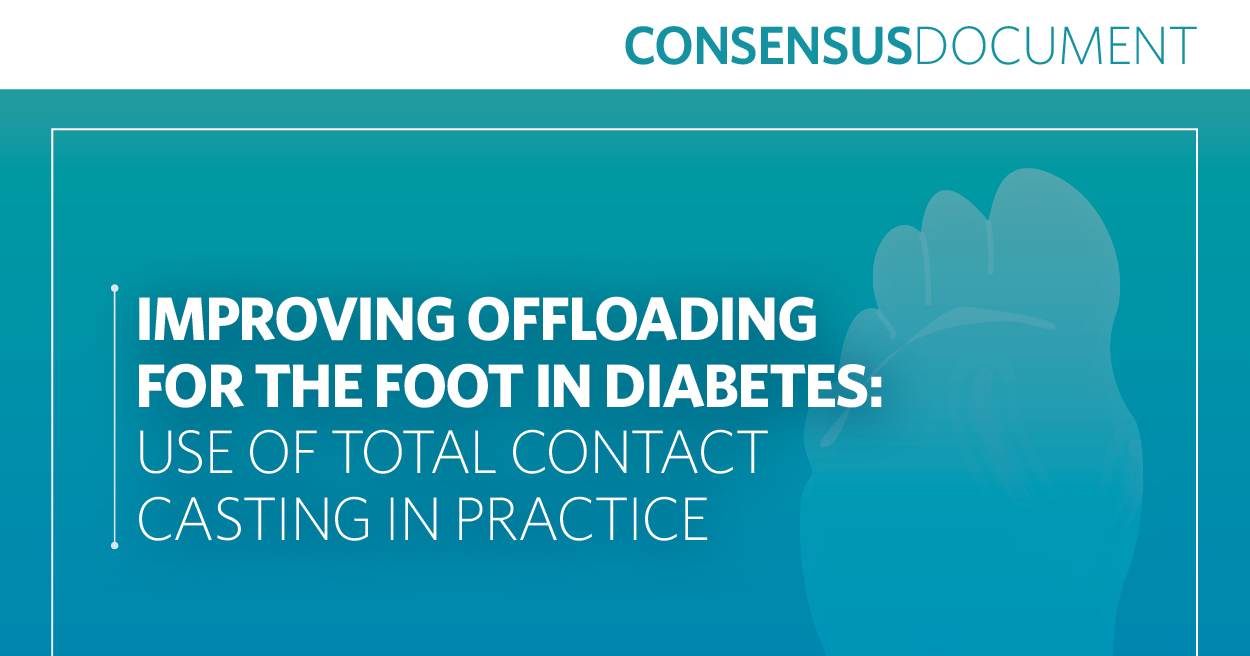There are approximately 18.6 million people across the globe that are affected by a diabetic foot ulcer (DFU) every year (Armstrong et al, 2023), underlining the significant burden placed on healthcare systems. The scale of the problem in the UK is amplified by the growing number of people with diabetes in the population (Diabetes UK, 2023). There are estimated to be more than 5 million people in the UK living with diabetes: over 4.3 million appear in Diabetes UK data as having diabetes, while a further 850,000 could be living in the UK with diabetes who are yet to have been diagnosed (Diabetes UK, 2023). DFUs have a major detrimental, long-term impact on morbidity and mortality rates, and an individual’s quality of life (Brownrigg et al, 2012).
In the UK, studies have shown that there are around 450,000 people with diabetes that develop a DFU at some point in their lives, which equates to approximately 10% of those diagnosed with diabetes (NHS North West Coast Strategic Clinical Network, 2017). In addition, some 7,000 diabetes-related amputations are performed every year in the UK. Time is of the essence when it comes to avoiding amputation in these individuals with DFUs, given that an estimated 17% of this patient cohort will have at least one amputation within 12 months from initial presentation with a foot ulcer (Guest et al, 2018).
The seriousness of the development of a DFU is starkly expressed by Armstrong et al (2007), explaining that individuals with lower-extremity complications of diabetes have 5-year mortality rates similar to or worse than most common types of cancer. From a UK perspective, there could be as many as 200,000 individuals with diabetes and foot ulcers that may not be alive in 5 years’ time and that over 5,500 patients with diabetes-related amputations each year have less than 5 years to live.
DFUs come with a considerable cost. The mean cost of the management of a DFU is £7,800, ranging from £2,140 to £8,800 per healed and unhealed DFU, respectively, and £16,900 per amputated wound (Guest et al, 2018). This translates to an annual NHS cost attributable to managing these DFUs standing at between £524.6 million and £728.0 million (Guest et al, 2018).
It is acknowledged that the prevention and treatment of DFU requires multidisciplinary management, and integral to this is the use of offloading. International guidance stresses the importance of offloading for people with diabetes and complex wounds: “Offloading mechanical tissue stress is arguably the most important of multiple interventions needed to heal diabetes‐related foot ulcers” (Bus et al, 2023).
For people with diabetes and a neuropathic plantar forefoot or midfoot ulcer, the International Working Group on the Diabetic Foot (IWGDF) recommends that a non-removable knee-high offloading device be utilised (Bus et al, 2023). Described as the ‘gold-standard’ non-removable device, the total contact cast is used to redistribute pressure on the foot and can be used to treat DFUs. Despite the fact total contact casting (TCC) is the gold standard, the evidence points to the fact that it is not widely used. A range of reasons have been emphasised as to why this is the case, including a requirement for training and poor acceptance levels from patients (Boulton et al, 2018).
The IWGDF guidelines recommend use of a total contact cast or knee-high walker for individuals with diabetes and a neuropathic plantar forefoot or midfoot, based upon “local resources and the person’s individual factors and acceptability” (Bus et al, 2023). Despite the widespread recognition that total contact casts are the optimal device to take weight off of the foot in patients with DFUs, they are poorly utilised: it is estimated that just 5% of patients receive a load redistribution device (Guest et al, 2018).
Of 895 diabetic foot centres in the US, just 1.7% used total contact casts for the majority of their DFU treatment (Wu et al, 2008), while the situation has been found to be less than ideal; the Eurodiale study examined 14 centres situated in 10 European nations and the take up of TCC was found to be 18% (Prompers et al, 2008).
To address this key issue directly, as well as a number of others, a group of experts convened for a round table meeting in London to develop this consensus document, focusing on the effective and appropriate use of TCC.
This consensus document aims to aid clinicians working with DFUs to:
- Identify when TCC should be used and with which patient groups, highlighting red flags for consideration
- Use standardised guides and pathways to support appropriate use of TCC (i.e. WiFi)
- Identify what level of education is required for staff and how this should be provided
- Look at ways to improve patient engagement, and the tools that are required to support this.
Resources, technical skill and availability of therapeutic load redistribution devices vary across the UK. The guidance in this consensus document is designed to equip clinicians to deal confidently with using TCC in practice. The overall aim is to enable more patients to receive gold-standard treatment, improving outcomes for patients and their quality of life.
This document is intended to be a continuation of the important work expressed in the Redefining and Demystifying Offloading for Diabetes Foot Care consensus document (Munro et al, 2021) and it is recommended reading for any individual seeking to gain expert guidance on the role of offloading in the care of the foot in diabetes.
Jacqui Fletcher, Chair
Download the full consensus document below



